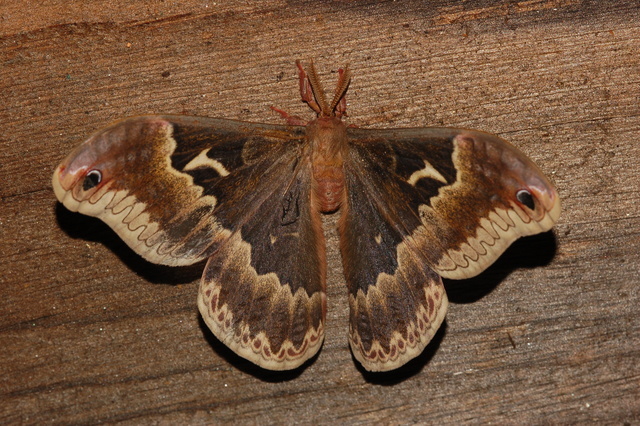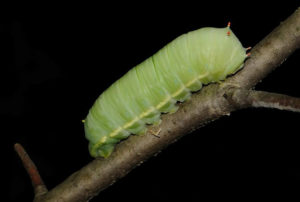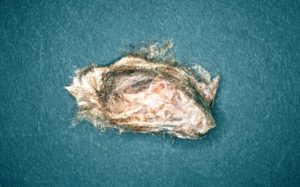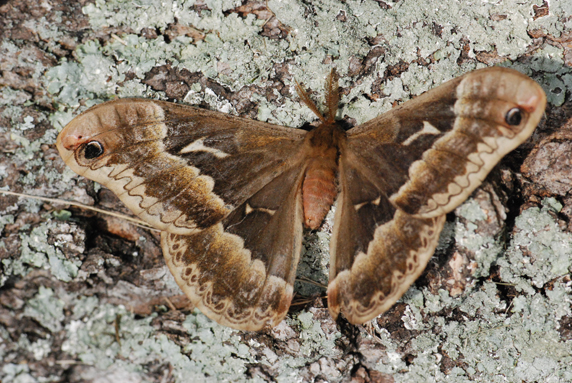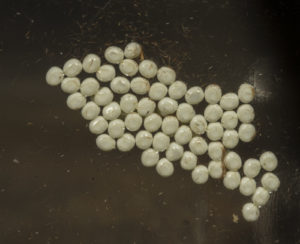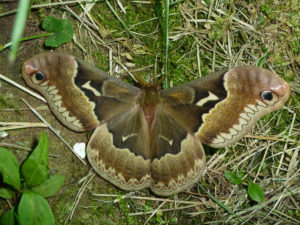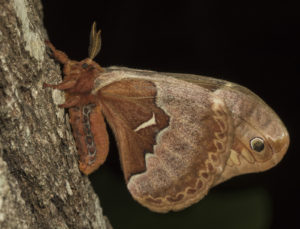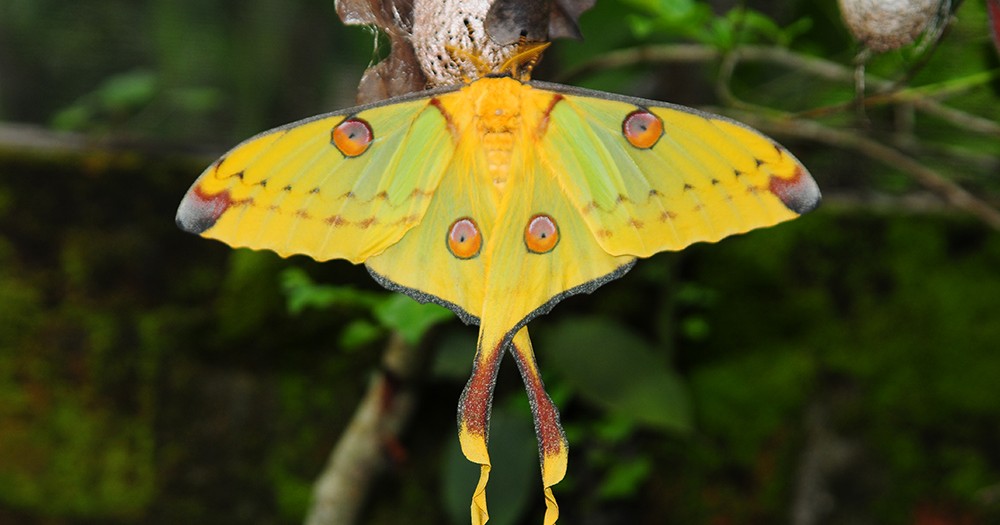Tulip Tree Silkmoth (Callosamia angulifera)
The tulip tree silkmoth is a saturniid moth found throughout North America. It gets its name from its primary host the tulip tree, which it is known for infecting.
discoverlife.org
Scientific Classification
- Family: Saturniidae
- Genus: Callosamia
- Scientific Name: Callosamia angulifera
Description and Identification
Adult Moth
Sexual Dimorphism: Present.The upper side of the male wings is brown with white spots, while that of the female is yellowish-brown. The underside of the male’s wings is pink, while that of the females is mahogany-red.
Color and Appearance
Forewing: When the wings are open, they are brown with white spots. When the wings are closed, the colors and patterns are still observable.
Hindwing: When the wings are open, the upper side is similar to the forewing, but the underside is different shades of red. When the wings are closed, the colors and patterns are still visible.
Average wingspan: 80–110 mm
Flight pattern: Erratic
Season: June-August for one brood; March-April and August for two more.
Quick Facts
| Other names | Giant silk moth |
| Distribution | Throughout North America; Massachusetts east through central New York, southern Ontario, and southern Michigan to central Illinois; south to the Florida panhandle, and Mississippi |
| Habitat | Deciduous woodlands |
| Lifespan of Adults | Around 5 days |
| Host Plants | Tulip tree |
| Adult Diet | Does not feed |
Scientific Classification
- Family: Saturniidae
- Genus: Callosamia
- Scientific Name: Callosamia angulifera

